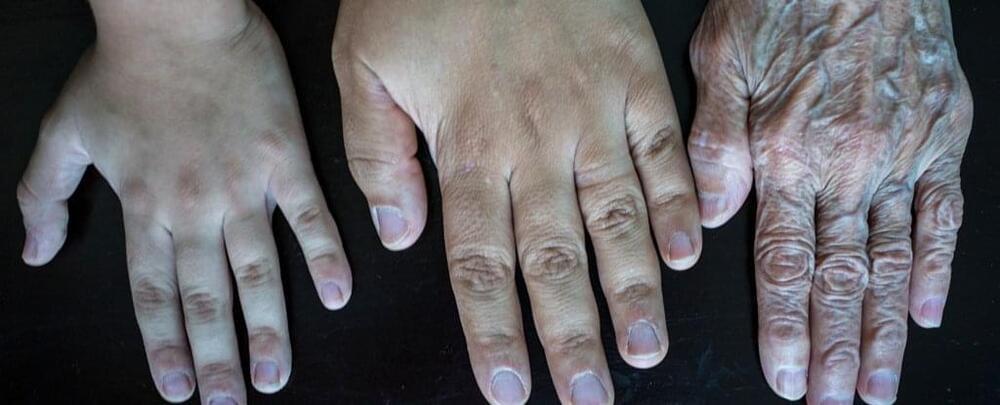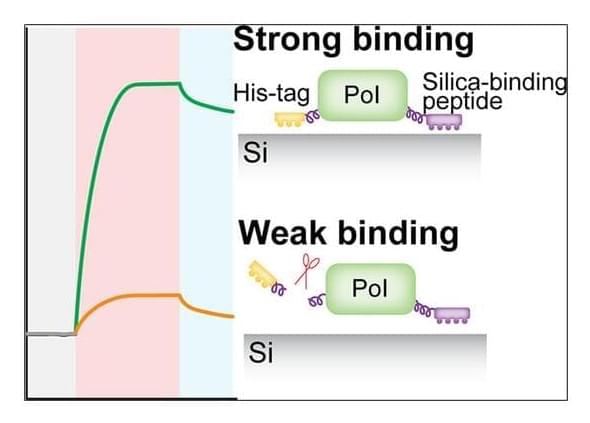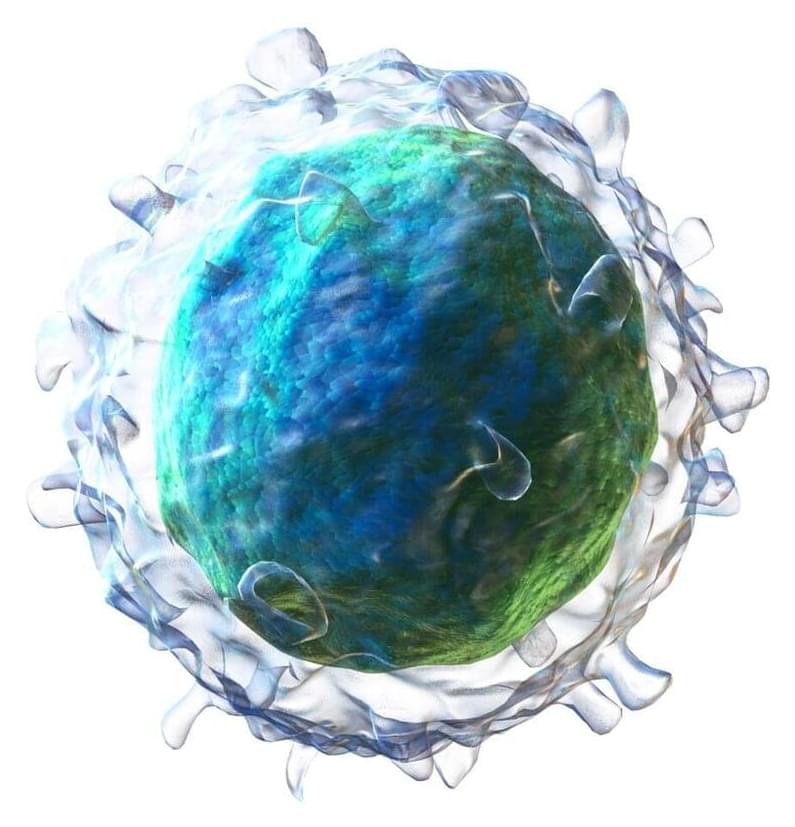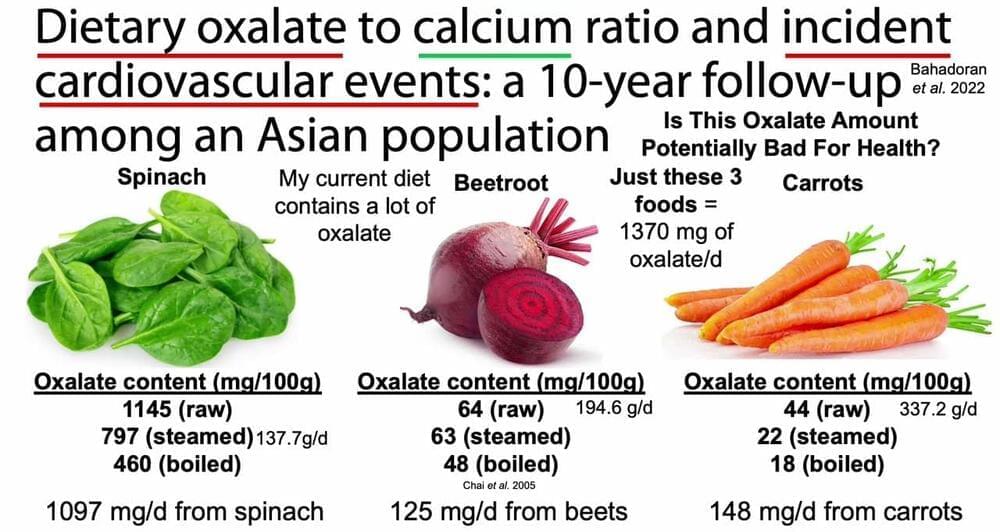Apr 11, 2022
Scientists Rewind The Clock of Human Skin Cells to Make Them Act 30 Years Younger
Posted by Genevieve Klien in categories: biotech/medical, life extension
It’s not quite the mythical fountain of youth but it is, perhaps, a start: Scientists have managed to engineer human skin cells to reverse 30 years of aging, resetting them to a much more youthful state in terms of certain molecular measurements.
While it’s very early days for the research – so we shouldn’t get carried away too quickly – the technique could play a major part in efforts to produce rejuvenative medicine that’s able to undo some of the damaging consequences of our bodies getting older.
What makes the research particularly notable is that the skin cells were reprogrammed to be biologically younger while still keeping some of the functionality that made them skin cells in the first place.


















